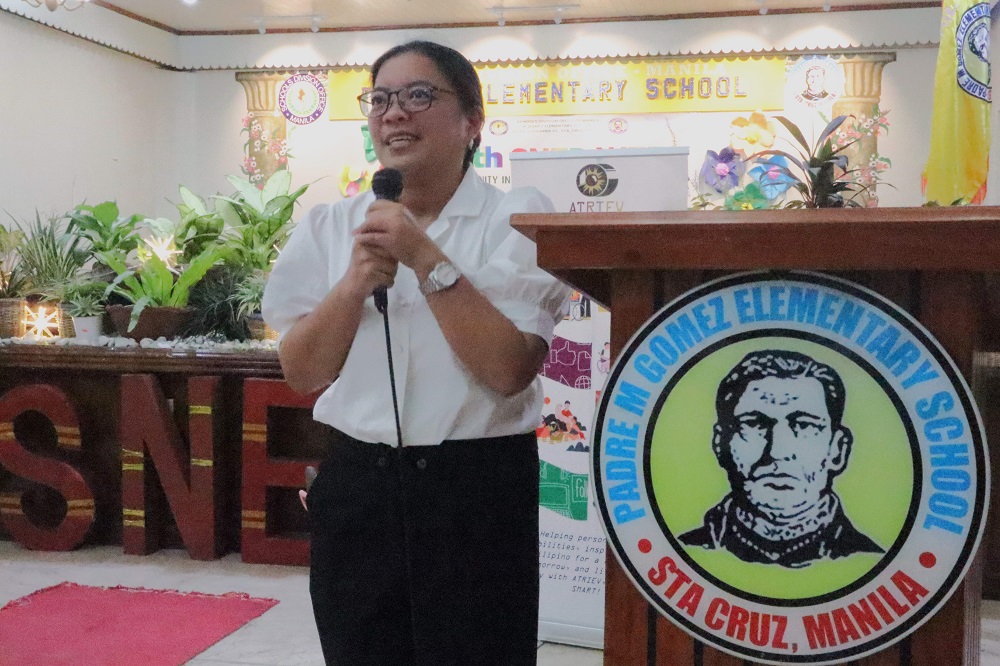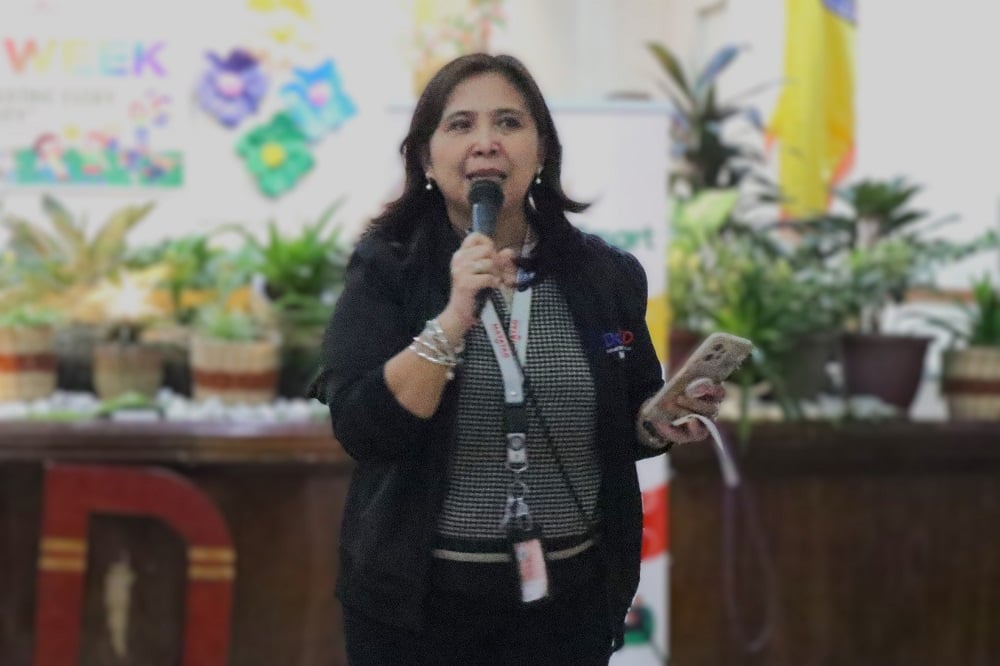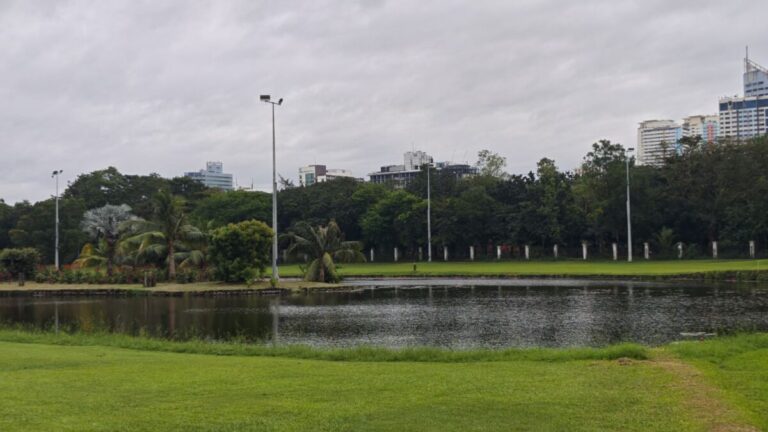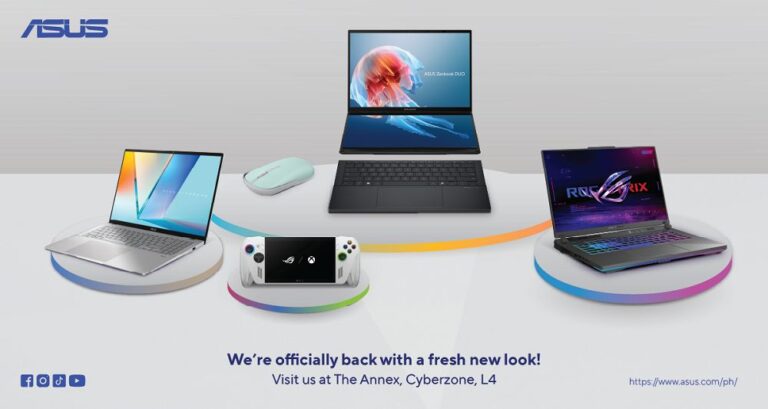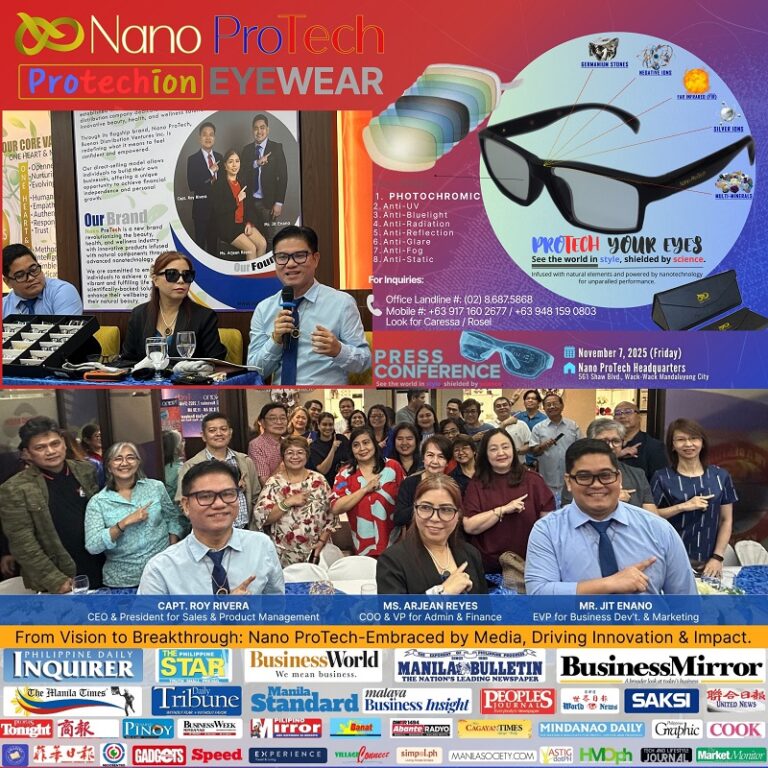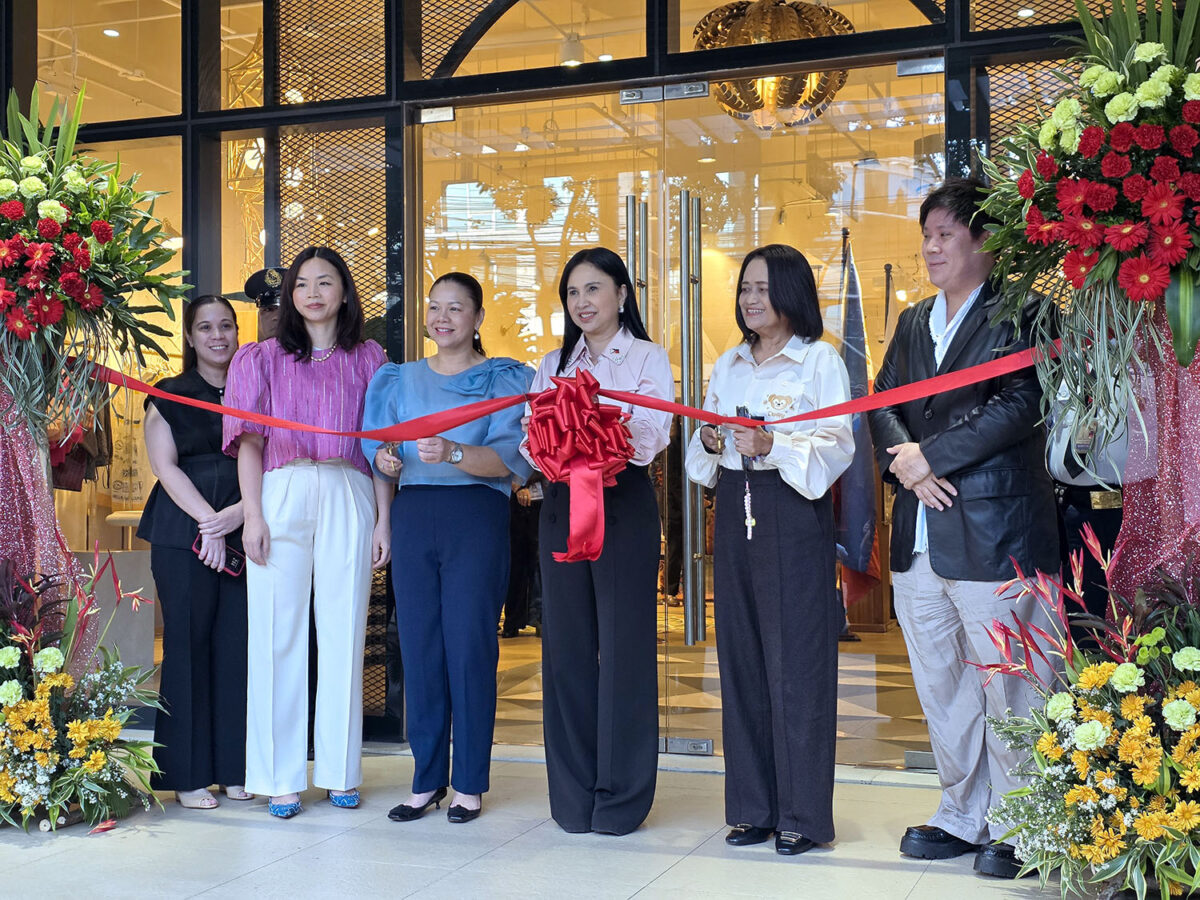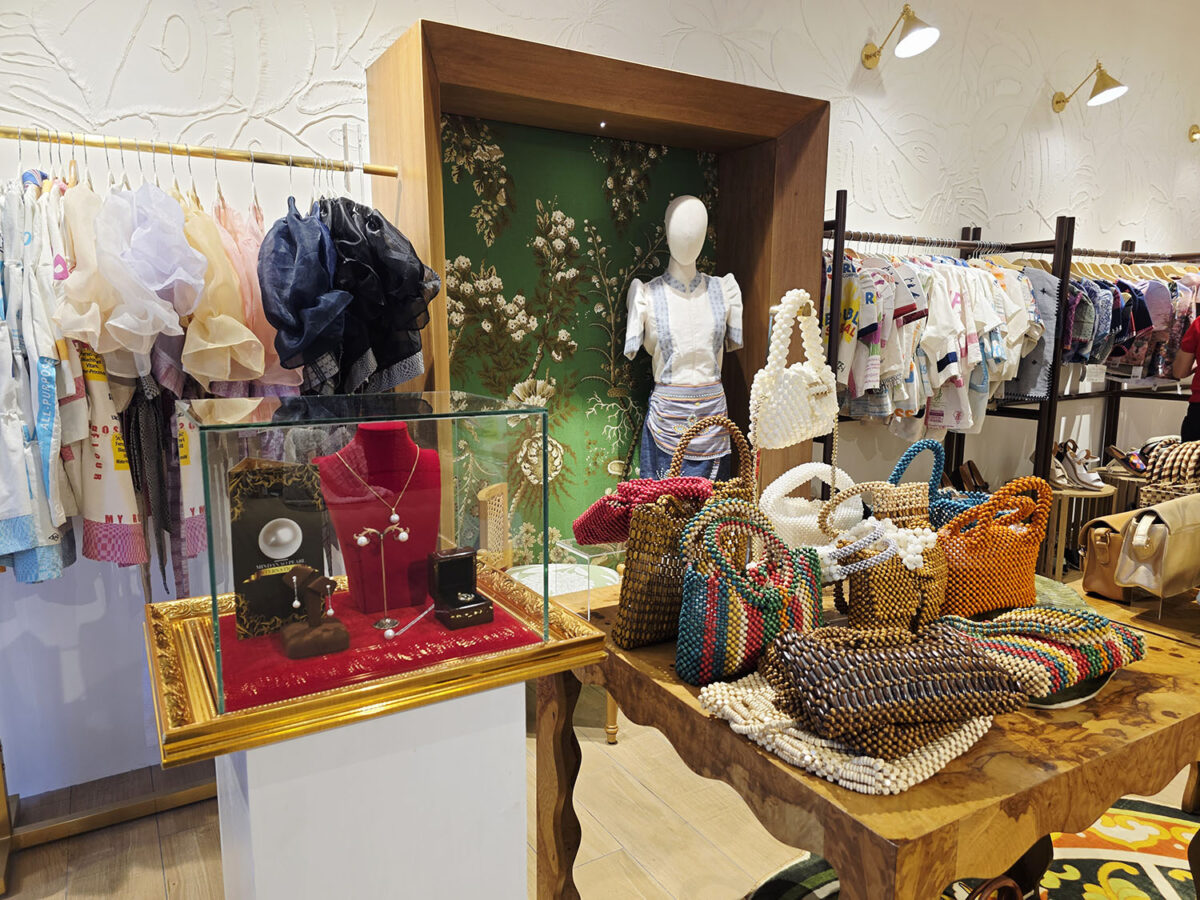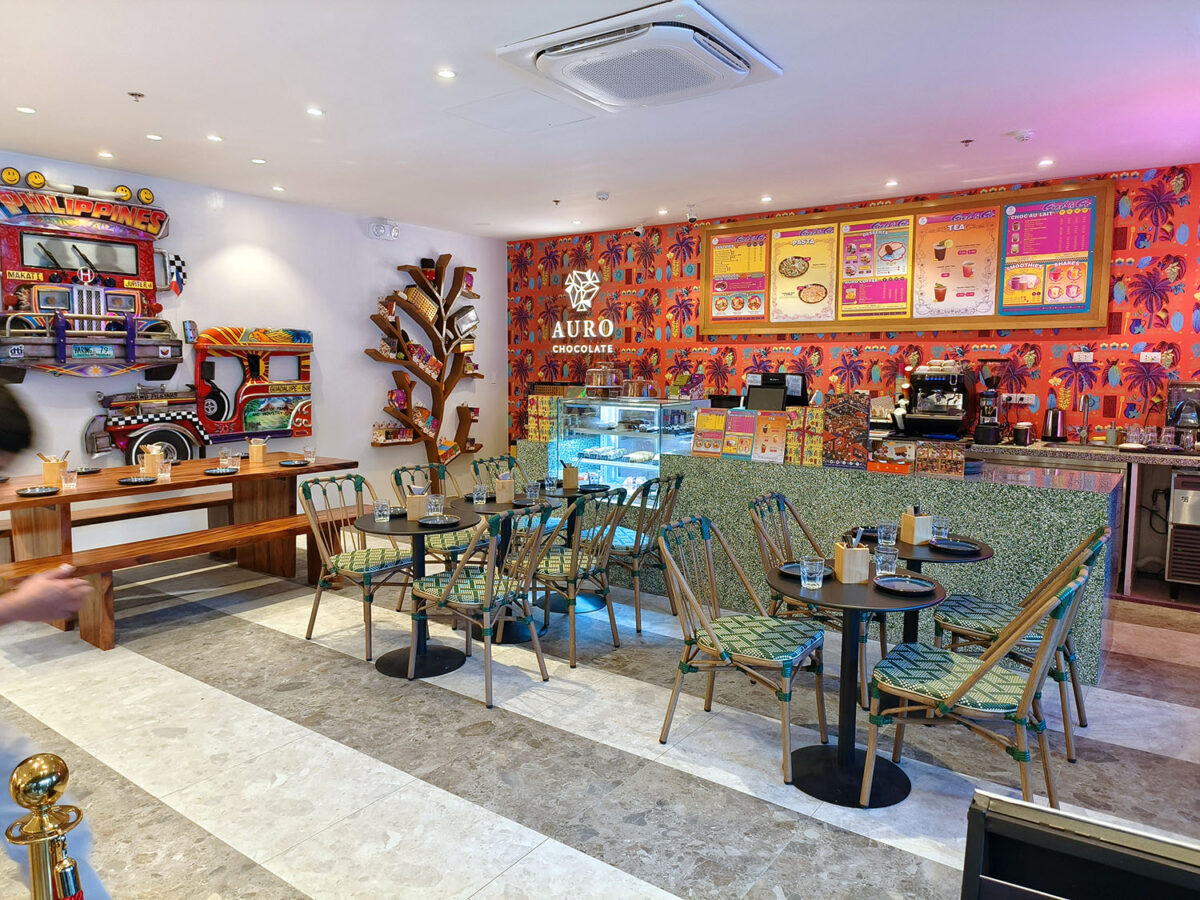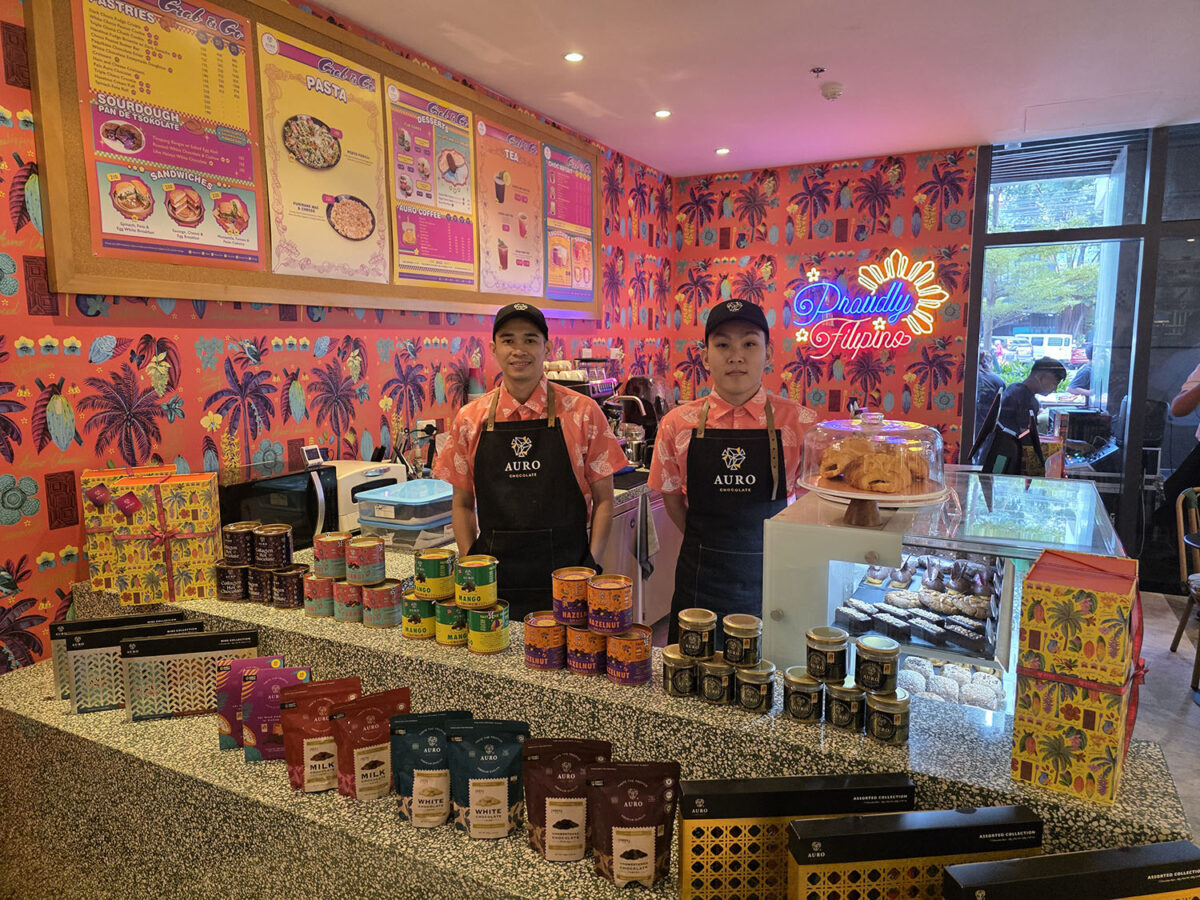The holiday season is fast approaching, and Filipinos are already planning gifts that express love, gratitude, and appreciation.
While traditional presents like bags, shoes, clothes, and toys remain popular, many shoppers are turning to gadgets this year because they offer long-term value and the power to capture memories that last a lifetime. Smartphones, in particular, have become a top choice as they combine creativity, entertainment, and practicality in a single device.
For those who love photography, whether it’s casual snapshots, night cityscapes, or capturing concert moments, vivo has curated a lineup of smartphones that are more than worthy of your hard-earned 13th-month pay. With irresistible discounts available during this year’s 12.12 sale, it’s the perfect time to upgrade your tech or surprise someone special.
Top 4 vivo smartphones with powerful camera systems

vivo X300 Series: Telephoto King
The newly launched vivo X300 Series is made for creators who demand stunning clarity and DSLR-grade output without carrying bulky equipment. Its pro variant features a 200MP ZEISS APO Telephoto Camera and a ZEISS Gimbal-Grade Main Camera, delivering unmatched sharpness and stability for both photos and videos. The series starts at PHP67,999, and photography enthusiasts can enhance their setup with the vivo ZEISS Telephoto Extender Kit at PHP12,999 and the vivo PGYTECH Imaging Grip Kit at PHP7,999. During the 12.12 sale, customers can enjoy up to PHP10,000 off when shopping on vivo’s Shopee store.
vivo X200 FE: First-ever Flagship Compact Phone
The vivo X200 FE is vivo’s first-ever flagship compact phone, designed for users who want pro-level photography in a smaller, more portable design. Its 50MP ZEISS Super Telephoto Camera captures breathtaking shots at a distance, making it perfect for travel, concerts, and everyday adventures. This premium compact device is available for only PHP44,999.
vivo V60: Mid-range Zoom Powerhouse
For those who love taking photos from afar, whether at concerts, sports events, or scenic mountain views, the vivo V60 is an ideal companion. Its 50MP ZEISS Super Telephoto Camera can zoom up to 100x and includes a 10x Telephoto Stage Portrait mode for crisp, detailed shots even from the upper rows. Prices start at PHP27,999.
vivo V60 Lite: Night Photography Hero
The vivo V60 Lite is perfect for budget-conscious shoppers who want bright portraits and sharp night shots. It features a 50MP Sony IMX882 Camera with 2x lossless zoom, optimized for low-light photography and evening adventures. The device starts at PHP14,999, and during the 12.12 sale on Lazada, customers can enjoy discounts of up to PHP2,500.
More affordable vivo smartphones to explore

vivo Y29: Durability Champion with a Massive Battery
The vivo Y29 combines durability and power with its 6500mAh BlueVolt battery, five-year battery health, 44W FlashCharge, SGS Five-Star Drop Resistance, and Military-Grade Certification. Ideal for students, heavy users, and hardworking individuals, it starts at PHP8,999.
vivo Y21d: Built for the Extreme and Underwater Shots
The vivo Y21d goes further with IP68 and IP69 dust and water resistance, allowing underwater photography safely. With the same durable design and long-lasting battery as the Y29, this device is perfect for travelers and adventurers, starting at PHP6,999.
vivo Y04 Series: Entry-Level Brilliance for Everyday Use
The vivo Y04 Series is the most affordable smartphone in vivo’s lineup, offering a 5500mAh BlueVolt battery with five-year health, SGS Five-Star Drop Resistance, Military-Grade Certification, and expandable storage up to 2TB. It starts at PHP4,699, making it perfect for students, first-time smartphone users, and senior users.
Berry Christmas with vivo: Win a brand new SUV
vivo is making the holidays even more special with a chance to win a Jaecoo J7SHS SUV worth PHP1,549,000. Customers who purchase any vivo smartphone and spend at least PHP8,000 from vivo stores nationwide automatically earn a raffle entry. The promo runs until January 10, 2025. Full details are available at the vivo website.
This Christmas, give the gift of creativity, connection, and unforgettable memories. Whether rewarding yourself for a year of hard work or surprising someone special, vivo’s range of smartphones delivers outstanding value.
Now is the perfect time to spend your holiday budget wisely, choose a gift that will be loved and used all year long, and celebrate the season with innovation, style, and joy.
Visit the nearest vivo concept store, kiosk, and authorized dealer, or shop online via vivo website, Shopee, Lazada, and TikTok Shop to enjoy exclusive deals this 12.12.
























































